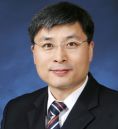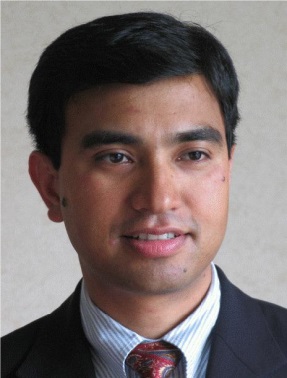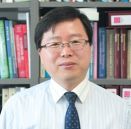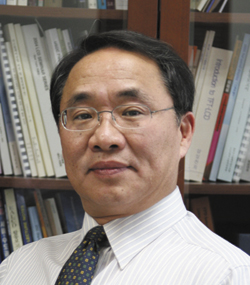SID's Sunday Short Courses offer a thorough introduction to topic fundamentals for students, scientists, and engineers looking to expand their technical breadth into a new area.
The four-hour Short Courses differ from SID's 20-minute Symposium talks and 90-minute Seminars, which generally focus on the latest developments in specific technical areas,
adding technical depth. By having these introductory courses at the start of Display Week, attendees can learn the fundamentals first, before absorbing advanced presentations on focused topics in the Seminars and Symposium.
S-1
9:00 am -1:00 pm
|

Changhee Lee
Seoul National University
Seoul, Korea
|
S-1: Fundamentals of Quantum Dot Technology: From QDs to QLEDs
|
This course will be a review of quantum dot (QD) technologies for display applications. A QD is a semiconductor nanocrystal whose electronic properties change as its size decreases to a nanometer scale due to the quantum confinement effect. Because it has unique properties such as the bandgap tunability, narrow emission bandwidth and high quantum yield, it is drawing a great attention as an ideal light-emitting material for lighting and display applications. Recently, the performance of QD light-emitting diode (QLED) has been greatly improved as a result of remarkable advances in material synthesis, device engineering, and fundamental understanding of the device physics. We will discuss basic properties of QDs, device physics and critical issues for the QLED technology.
Key topics to be discussed include:
- Basic electronic and optical properties of QDs
- Device physics underlying QLED operation
- Degradation mechanisms of QLEDs
- Optimization of QLEDs through device engineering
- Full-color patterning methods for QLED display
|
S-2
9:00 am -1:00 pm
|

Achin Bhowmik
VP and General Manager
Perceptual Computing Group
Intel Corp., Santa Clara, CA, USA
|
S-2: Virtual & Augmented Reality Technologies: Towards Life-Like Immersive and Interactive Experiences
|
|
With the rapid advances in real-time 3D sensing, perceptual computing, and immersive display technologies in the recent years, a new class of virtual/augmented/mixed/merged reality (VR/AR/MR) devices are increasingly blurring the border between the real and the virtual words. In this short course, we will present a tutorial of these technologies and applications, covering the system-level requirements from psychophysical and human-factors considerations, the advances in 3D motion tracking with visual-inertial sensing techniques, perceptual computing and graphics processing, spatial-light modulation and display technologies, end-to-end system architectures, as well as the state-of-the-art and emerging applications towards achieving life-like immersive and interactive experiences.
|
S-3
3:00 pm - 7:00 pm
|
 
Jang Hyuk Kwon Prof. Jun Souk
Kyung Hee University Korea University
Seoul, Korea Sejong, Korea
|
S-3: Fundamentals of Flexible OLEDs
Fundamentals of Flexible OLED I (Introduction/Materials) — Jang Hyuk Kwon
Fundamentals of Flexible OLED II (Process) — Jun Souk
|
|
This seminar describes the materials, structure and manufacturing process of flexible OLED displays. We emphasize the critical steps of plastic substrate handling, LTPS TFT process and thin film encapsulation process for the fabrication of commercial grade flexible OLED displays. In addition, next generation flexible OLED, such as foldable OLED will also be discussed.
|
S-4
3:00 pm - 7:00 pm
|

James Larimer
Principal, Imagemetrics, LLC
Half Moon Bay, CA, USA
|
S-4: The Fundamentals of Color Science and the CIE Color Standards
|
Measures of the colors of surfaces and their contrast in imagery depend upon standards traceable to the CIE. The chromaticity diagram, the XYZ color coordinates, luminance or Y values all depend upon this system of standards. This lecture will recount the scientific basis of the CIE system. The goal of the lecture is to clarify the meaning of these measures as they relate to image quality and display performance.
|